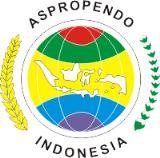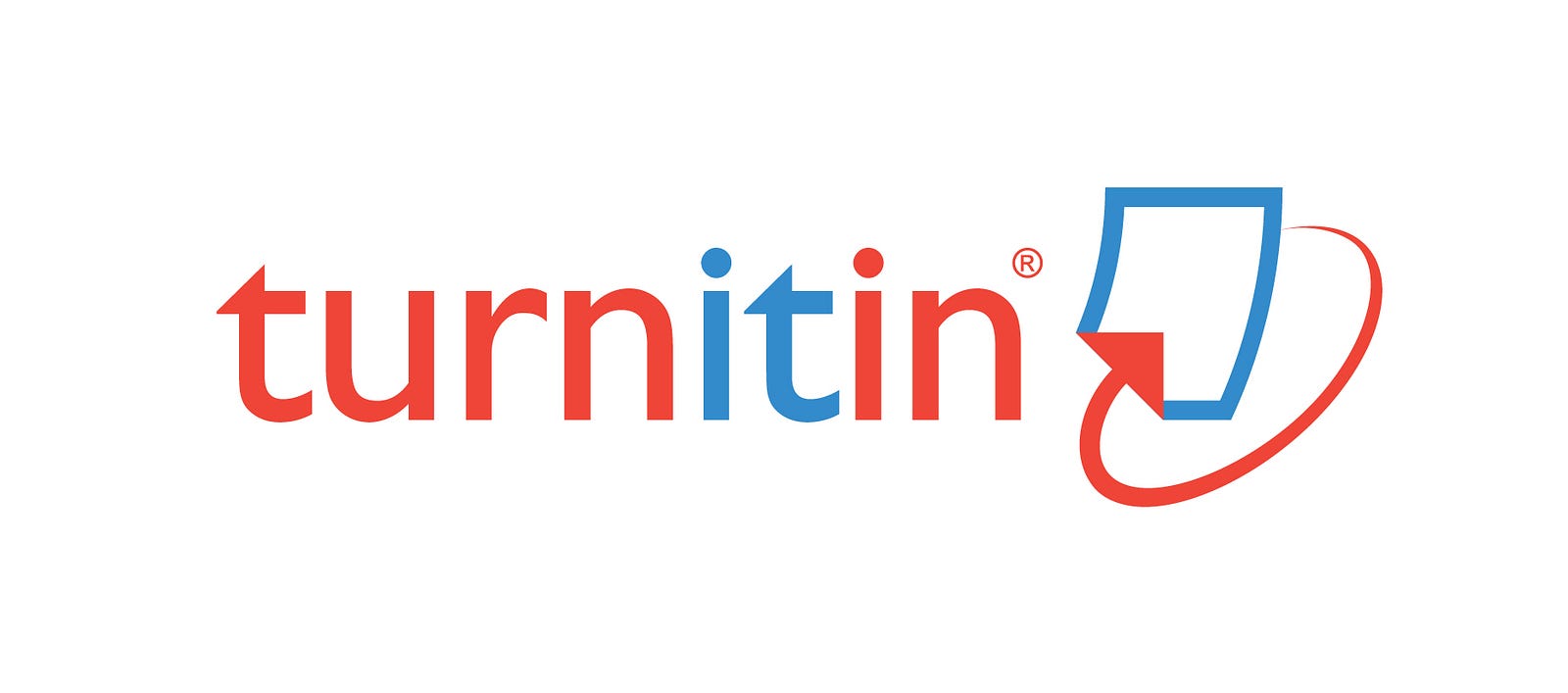PENAMBAHAN KARAKTER LUAS PERMUKAAN DAN UKURAN PORI ARANG SEBAGAI UPAYA DIVERSIFIKASI PRODUK ARANG DARI TEMPURUNG KELAPA PADA CV. SOLO BUTTON
Abstract
At the factory of CV. Solo Button, coconut shell charcoal is made by heating the raw material in the open concrete reactor. This simple process results in minimal surface area characteristics and pore size, so the chrocoal is less suitable for the use as an adsorbent. Addition of treatment with degassing using N2 at temperatures of 200 oC and 300 oC can increase surface area, pore size and number of pore charcoal. The SAA and BET analysis showed an increase in surface area of 6.2% and 93.6% as well as an increased pore size of 14.5% and 12.29% at both temperatures. Adsorption-desorption graphs indicate that the untreated charcoal has uneven surfaces and the pores are not detected while the degassing treatment at these temperatures indicates the formation of micropores from the charcoal.
Keywords: chrocoal, pore, surface area, coconut shell
Full Text:
PDF (Bahasa Indonesia)References
Abdulsalam, J., Mulopo, J., Oboirien, B., Bada, S., and Falcon, R. 2019. Experimental evaluation of activated carbon derived from South Africa discard coal for natural gas storage, Int. J. Coal Sci. Technol., 6: 459–477.
Al Ichsan, G.M.H., Nugrahaningtyas, K.D., Widjonarko, D.M., Rahmawati, F., dan Lestari, W.W. 2019. Conversion of Wood Waste to be a Source of Alternative Liquid Fuel Using Low Temperature Pyrolysis Method. J. Kim. Sains dan Apl., 22: 7–10.
Anggoro, D.D., Hanif, M.D., dan Fathoni, M.Z. 2017. Pembuatan Briket Arang Dari Campuran Tempurung Kelapa dan Serbuk Gergaji Kayu Sengon. Teknik, 38: 76–80.
Gratuito, M.K.B., Panyathanmaporn, T., Chumnanklang, R.A., Sirinuntawittaya, N., dan Dutta, A. 2008. Production of activated carbon from coconut shell: Optimization using response surface methodology. Bioresour. Technol., 99: 4887–4895.
Kemala, N. 2015. Kajian Pendapatan dan Kontribusi Usaha Tani Kelapa Terhadap Pendapatan Keluarga Petani di Kabupaten Tanjung Jabung Barat, Provonsi Jambi. Kabupaten Tanjung Jabung Barat, Provinsi Jambi. Nida Kemala 1 (15): 125–132.
Li, W., Yang, K., Peng, J., Zhang, L., Guo, S., dan Xia, H. 2008. Effects of carbonization temperatures on characteristics of porosity in coconut shell chars and activated carbons derived from carbonized coconut shell chars. Ind. Crops Prod., 28: 190–198.
Mohd Iqbaldin, M.N., Khudzir, I., Mohd Azlan, M.I., Zaidi, A.G., Surani, B., dan Zubri, Z. 2013. Properties of coconut shell activated carbon. J. Trop. For. Sci., 25: 497–503.
Prameswari, A.P., Jaya, R., Syahputra, E., Pratiwi, N., Robi, A., dan Nugrahaningtyas, K.D. 2016. Potensi SiO 2 dari Limbah Kaca sebagai Pengemban Logam Ni Pada Hydrocracking Minyak dari Gelas Plastik. pp. 141–148.
Rahmawati, F., Kusumaningsih, T., dan Hastuti, A. 2011. Photo-and electro-catalysis for solar disinfection of Escherichia coli-contaminated water using Ag–TiO2/graphite. Toxicol. Environ. Chem., 93: 1602–1612.
Rahmawati, F., Kusumaningsih, T., Hapsari, A., dan Hastuti, A. 2010. Ag and Cu loaded on TiO2/graphite as a catalyst for Escherichia coli-contaminated water disinfection. Chem. Pap., 64.
Zakaria, S., Leman, A.M., Feriyanto, D., Nazri, A.A., Sunar, N.M., dan Mohd Salleh, M.N. 2016. Burner Characteristics for Activated Carbon Production. MATEC Web Conf., 87: 1–6.
Zhang, M., Li, Y., Si, H., Wang, B., dan Song, T. 2017. Preparation and electrochemical performance of coconut shell activated carbon produced by the H3PO4 activation with rapid cooling method. Int. J. Electrochem. Sci., 12: 7844–7852.
Refbacks
- There are currently no refbacks.













